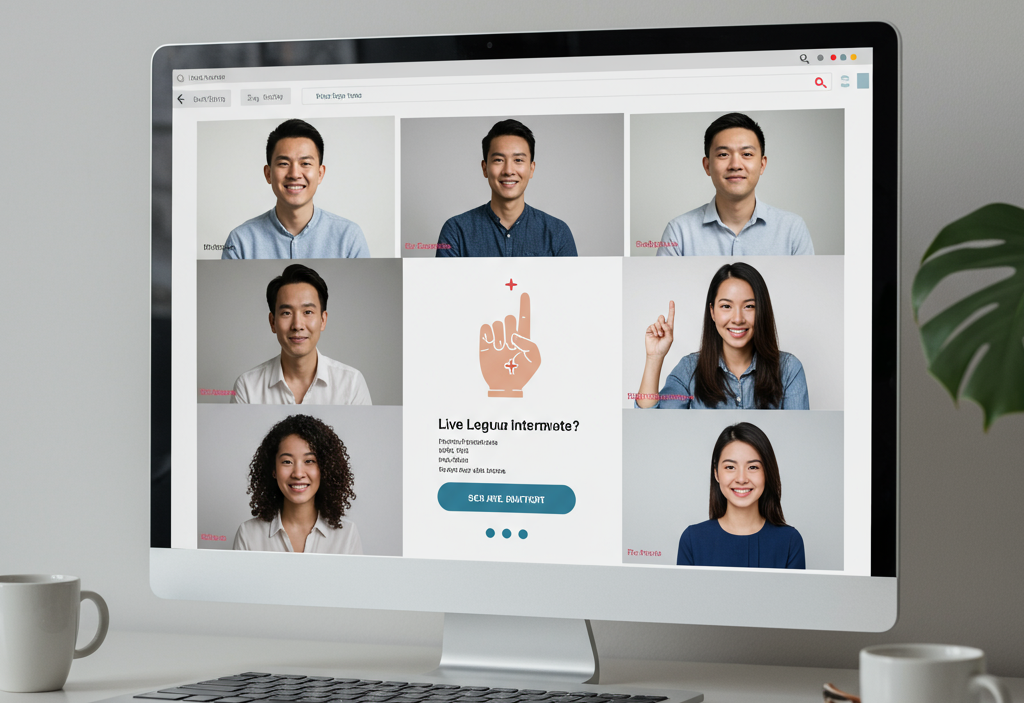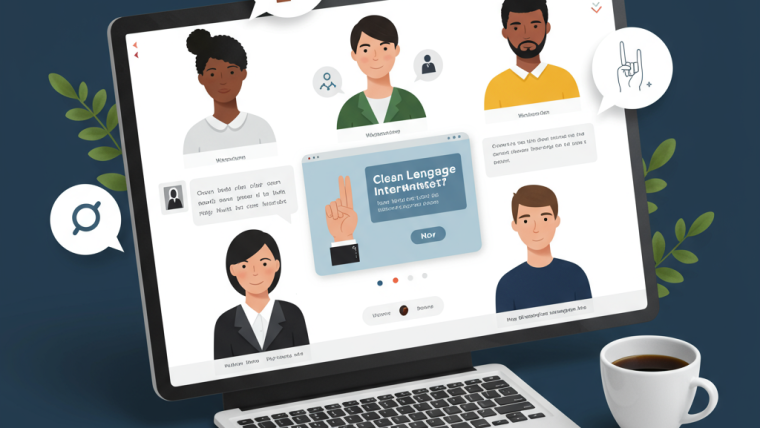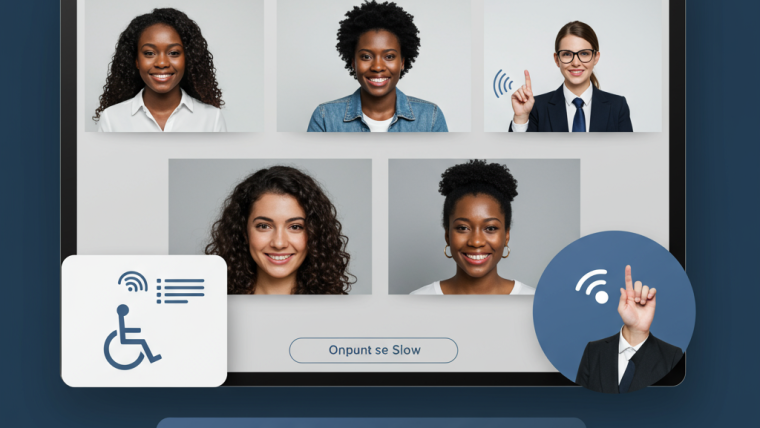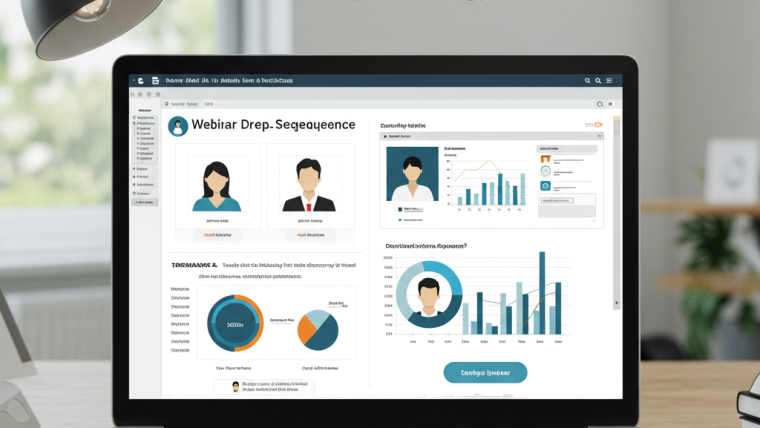Accessibility is no longer optional for modern webinar hosts. By ensuring your online events are inclusive, you expand reach, foster engagement, and meet legal compliance standards. Whether participants have hearing impairments, visual challenges, or cognitive differences, a well-planned webinar can welcome all attendees. In this guide, we explore essential strategies and tools to elevate your webinar accessibility from planning through post-event delivery.
From real-time captioning to platform selection, we cover a wide range of best practices that align with Web Content Accessibility Guidelines WCAG 2.1 and regional regulations such as the Americans with Disabilities Act ADA. Read on to learn how small adjustments can lead to major improvements in attendee satisfaction and inclusion.
Captioning and Transcripts

Closed captioning is one of the most impactful accessibility features you can integrate. Providing live captions helps participants who are hard of hearing, non-native speakers, and those tuning in from noisy environments. While many webinar platforms offer automated captions, their accuracy can vary. Investing in professional stenographers or human editors ensures higher fidelity and fewer errors during fast-paced discussions.
In addition to real-time captions, offering downloadable transcripts after the event allows attendees to review content at their own pace. Transcripts support participants with learning disabilities and those who prefer reading to listening. Publishing transcripts alongside recorded sessions also improves search engine optimization by making webinar content discoverable through relevant keywords. Learn more about Webinar Marketing.
Sign Language Interpretation
Including sign language interpreters in your webinar caters to participants who rely on visual language. You can integrate interpreters by allocating a dedicated video window or merging their feed into the main presentation. Coordinate closely with interpreters before the event to share slide decks, speaker notes, and technical requirements to ensure a smooth experience.
For smaller budgets, consider pre-recording a sign language interpretation overlay that can be edited into your webinar recording. Communicate clearly with attendees about the availability of interpreted sessions so they can prepare in advance. This attention to detail makes your event more welcoming and demonstrates a genuine commitment to inclusion.
Accessible Visual Design
Visual clarity plays a crucial role for attendees with visual impairments or cognitive challenges. Choose high-contrast color combinations such as dark text on light backgrounds and avoid relying on colour alone to convey information. Use sans serif fonts in a readable size and maintain consistent typography throughout your slides and on-screen interfaces.
Ensure that images and graphics include descriptive alt text or captions. For complex diagrams, provide detailed explanations verbally and in accompanying materials. Avoid distracting animations or rapid transitions that may cause discomfort for viewers with vestibular sensitivities. Simple, clean visuals enhance comprehension and reduce cognitive load.
High Quality Audio and Microphone Techniques
Clear audio is foundational for accessibility. Encourage presenters to use external microphones or headsets that minimize background noise. Test audio levels before going live and provide guidelines on speaking pace and clarity. Remind speakers to avoid talking over each other and to introduce themselves clearly before commentaries or panel discussions.
Offer an audio-only option for attendees on low bandwidth connections or those using assistive listening devices. Providing multiple audio streams can accommodate different needs, such as separate channels for language interpretation. Always record the highest quality audio possible to pair with captions and transcripts later.
Choosing an Accessible Webinar Platform
Not all webinar platforms are created equal when it comes to accessibility. Evaluate platforms for keyboard navigation support, screen reader compatibility, and adjustable interface settings such as text size and colour themes. Verify that the platform supports live captions or third-party caption integrations and allows users to reposition or resize caption windows.
Review vendor documentation and request demo sessions to test accessibility features firsthand. Check compliance certifications such as WCAG 2.1 Level AA or Section 508. A well-equipped platform reduces technical barriers for your attendees and simplifies your production workflow.
Inclusive Audience Engagement
Interactive elements should be accessible to all participants. Use accessible polling tools that support screen readers and keyboard navigation. When launching Q&A sessions or chat features, provide clear instructions on how attendees can submit questions or reactions. Offer multiple feedback channels such as email or social media for users who may struggle with live chat interfaces.
Consider structured engagement, such as prompting participants at regular intervals with clear cues. Verbal descriptions of visual activities enhance inclusivity. Incorporate breaks or buffer times between segments to accommodate attendees who may need extra time to respond or adjust assistive devices.
Testing with Assistive Technologies
Before your event, simulate attendee experiences using screen readers like NVDA or VoiceOver and keyboard-only navigation. Conduct internal walkthroughs with team members who use hearing aids or other assistive devices. Identify and resolve usability barriers in advance, from confusing interface labels to missing captions.
Gather feedback during beta sessions or pilot webinars and iterate on your setup. Document common issues and create a technical support guide for attendees. Providing a help desk or chat line during the live event ensures real-time assistance for accessibility challenges.
Post-Webinar Accessibility and On Demand Delivery

After the live webinar, make recordings accessible by embedding accurate captions and providing downloadable transcripts. Host videos on platforms that support adjustable playback speed and highlight text synchronized with speech. Offer slide decks in accessible formats with tagged headings and alt text for images.
Archive content in a central repository with clear labeling and search functionality. Categorize sessions by topic, date, and accessibility features so attendees can quickly find resources tailored to their needs. Document your accessibility process in a summary report to demonstrate transparency and continuous improvement.
Real World Case Studies
Many organizations have successfully elevated webinar accessibility. For example a global nonprofit implemented professional captioning and saw a 35 percent increase in attendance from participants with auditory disabilities. Another tech firm added sign language interpretation and reported higher engagement scores during live Q&A sessions.
A mid-sized educational institution overhauled its webinar design by simplifying visuals and offering transcripts. As a result they experienced a significant uptick in repeat registrations. These real-world examples illustrate that accessibility investments foster broader reach and more meaningful connections.
Legal and Ethical Considerations
Compliance with regulations such as the Americans with Disabilities Act ADA in the United States and the Accessibility for Ontarians with Disabilities Act AODA in Canada is essential. Failure to provide accessible digital content can result in legal penalties and reputational damage. Review your regional regulations to ensure your webinar practices adhere to all requirements.
Beyond legal compliance, inclusive webinars demonstrate ethical leadership and social responsibility. By prioritizing accessibility, you signal respect for diverse audiences and cultivate trust. An ethical approach to digital events aligns with broader organizational values and enhances brand credibility.
Conclusion
Webinar accessibility encompasses a spectrum of practices from live captioning to post-event delivery of transcripts. By integrating these best practices you not only meet regulatory standards but also expand your audience and improve overall engagement. Start by auditing your current setup and prioritizing quick wins such as accurate captions and high-contrast visuals. Over time, refine your approach through testing and attendee feedback to build truly inclusive online experiences.
Embrace accessibility as a core component of your webinar strategy and watch participation soar. Inclusivity benefits everyone and positions your events for long-term success. Begin implementing these best practices today to make your next webinar accessible to all.








Webinar Analytics: A Complete Guide to Measuring Success and Improving Performance
The Ultimate Webinar Follow-Up Strategy to Turn Attendees into Customers
Webinar Accessibility Best Practices: How to Make Your Online Events Inclusive for All
Webinar Personalization: Tailoring Content to Audience Segments for Maximum Engagement